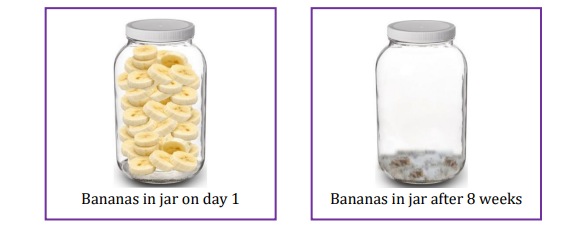Computational Thinking and Modeling
NSTA Playlist
Crosscutting Concepts Is Lesson Plan NGSS Physical Science Science and Engineering Practices Three-Dimensional Learning Elementary Grade 5
What Are NSTA Playlists?
Playlists are bundles of resources to support contemporary Science/STEM teaching and learning placing equity at the center of instruction. These playlists contain instructional materials and/or assessment tasks for classroom use paired with professional learning resources to support implementation.
Description
This playlist features introductory materials to engage students in computational thinking and modeling. The resources utilize StarLogo Nova, a blocks-based programming environment that allows students to program agents and their interactions by assembling code blocks. This playlist currently includes four resources:
- An orientation task where students program their first project with StarLogo Nova.
- A lesson in which students use StarLogo Nova to develop a computational model to figure out an answer to their question about a phenomenon.
- A Science and Children article that depicts students developing computational models to help explain how a phenomenon occurs.
- An NSTA blog that illustrates the potentials of integrating language and computational thinking into science with multilingual learners.
Playlist
1 - StarLogo Nova Orientation Task
This introductory task guides students through programming their first computational model using StarLogo Nova. In this task, students will create a free StarLogo Nova account, and program a collision between two agents.
2 - What Happened to the Bananas in the Jar?
This task builds on the StarLogo Nova Orientation task that provided an introduction to the StarLogo Nova blocks-based programming environment. In this task, students will experience the phenomenon of bananas rotting in a closed jar. Over time the bananas seem to disappear, and the jar smells terrible when opened. These observations lead to the question: "What happened to the bananas in the jar?" Students will develop a computational model using StarLogo Nova to figure out the answer to this question.

3 - Integrating Computational Modeling Into Science Instruction With English Learners (Science and Children)
The purpose of this article is to describe why and how teachers can integrate computational modeling into NGSS-aligned science instruction with all students, including ELs. First, we describe the benefits of computational modeling and how teachers can integrate computational models into science instruction in a way that complements other model types they already use in their classrooms. Second, to illustrate these benefits, we describe how one fifth-grade teacher, Ms. Simon, integrated computational modeling into her science instruction. Specifically, we highlight how the affordances of different model types (physical, diagrammatic, computational) allowed all students, including ELs, to explain the phenomenon of garbage and develop deep understanding of physical and life science core ideas. Finally, we offer recommendations for teachers interested in integrating computational modeling into their science instruction with all students.

4 - Integrating Science, Language, and Computational Thinking With Multilingual Learners (NSTA Blog)
In this blog, we illustrate the potentials of integrating science with other domains using our own research and development that integrate language and computational thinking into science with multilingual learners. After briefly describing our curriculum, we answer two key questions: (a) How can domains be integrated in mutually supportive ways?; and (b) How can integration of domains promote equity and justice?



